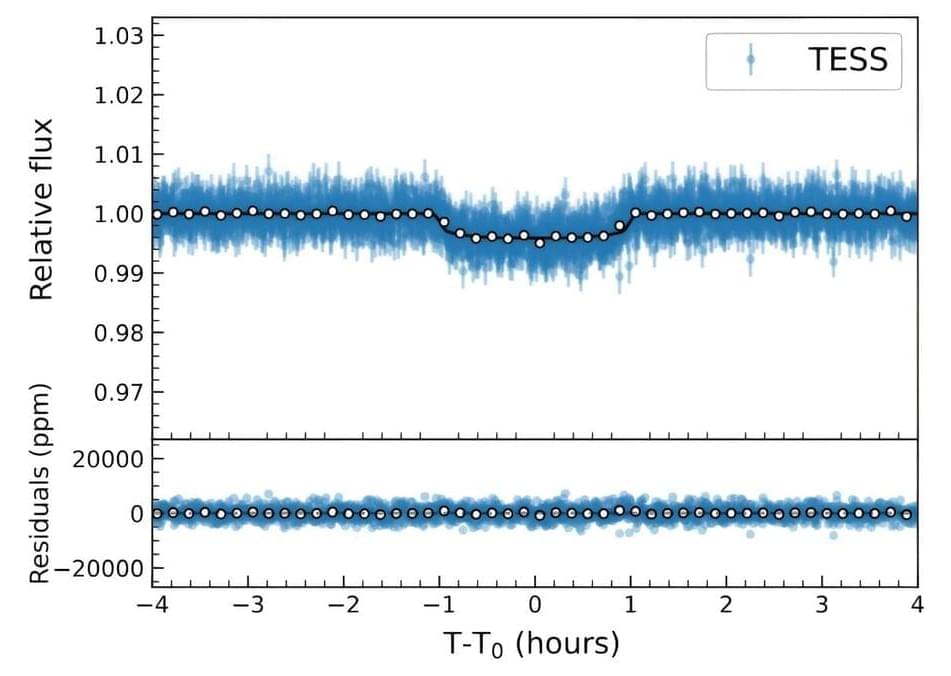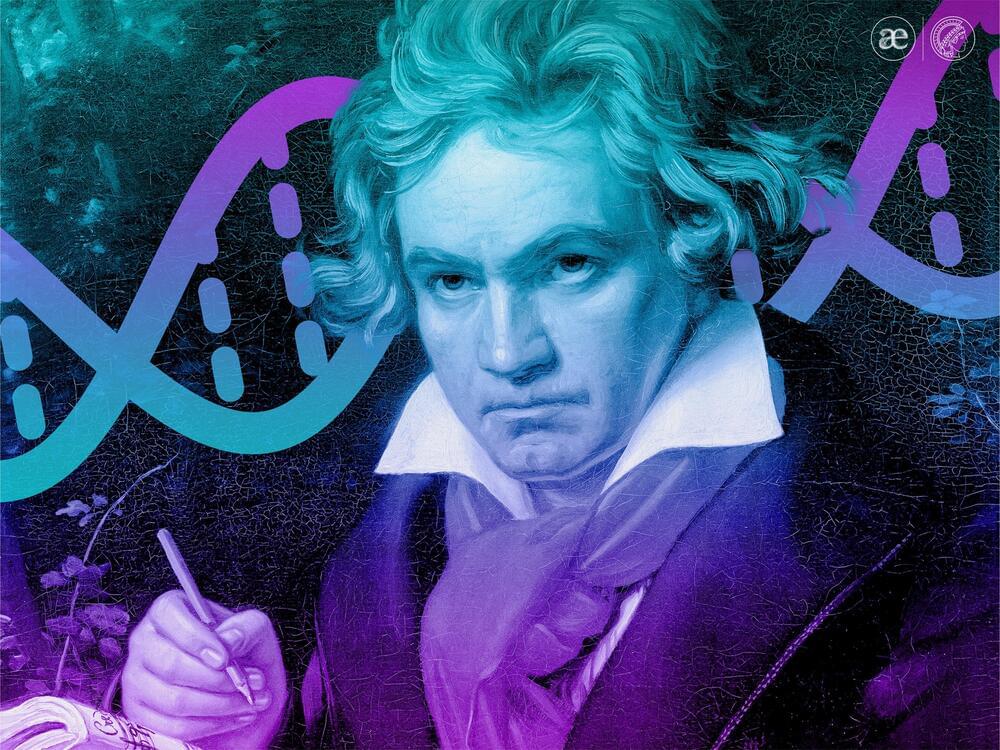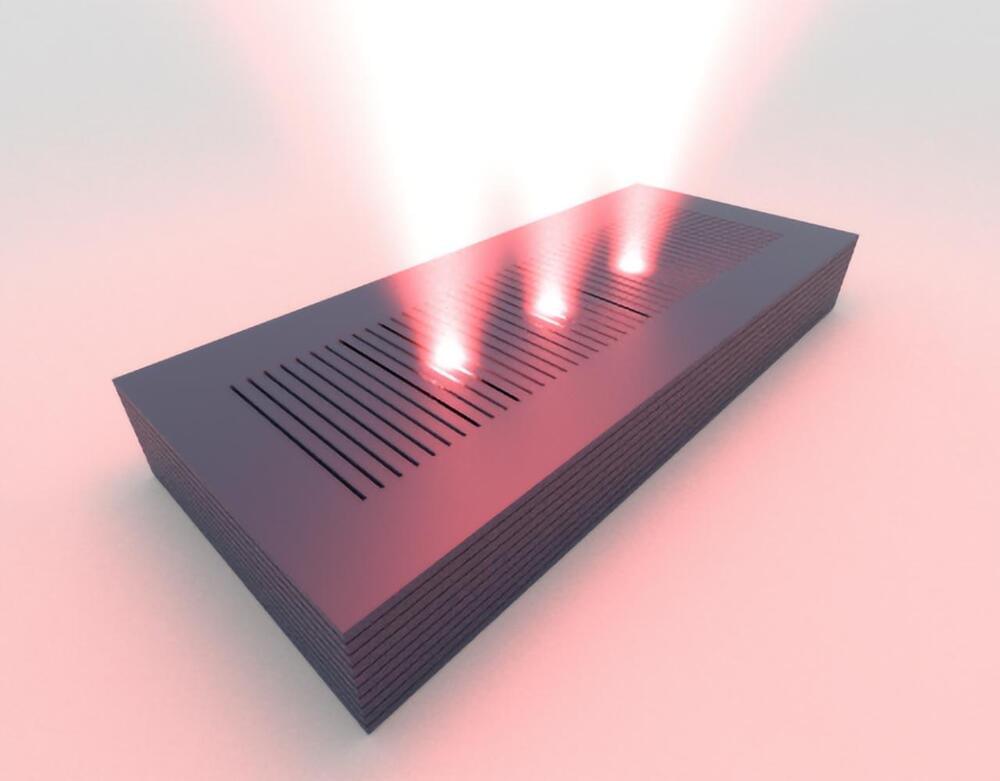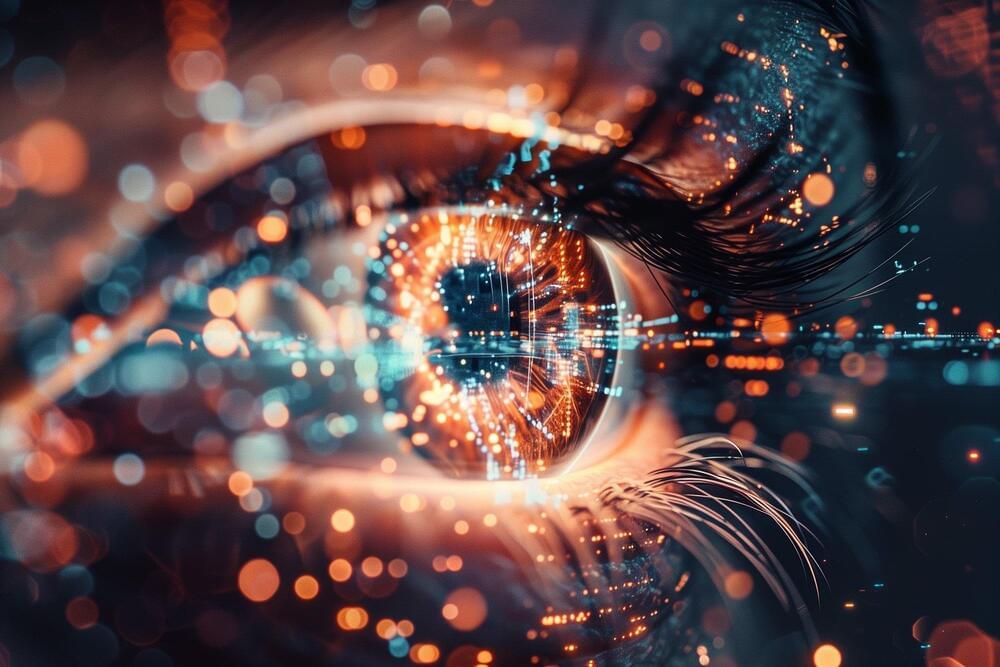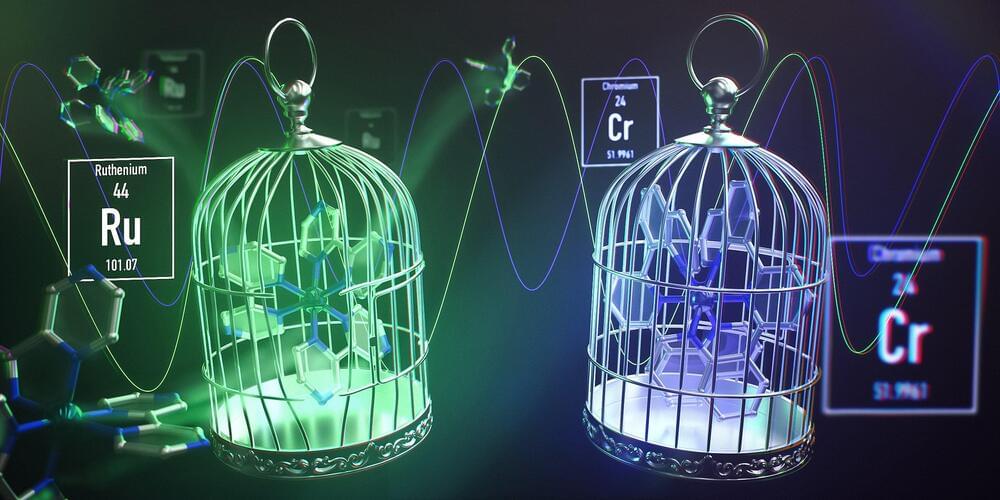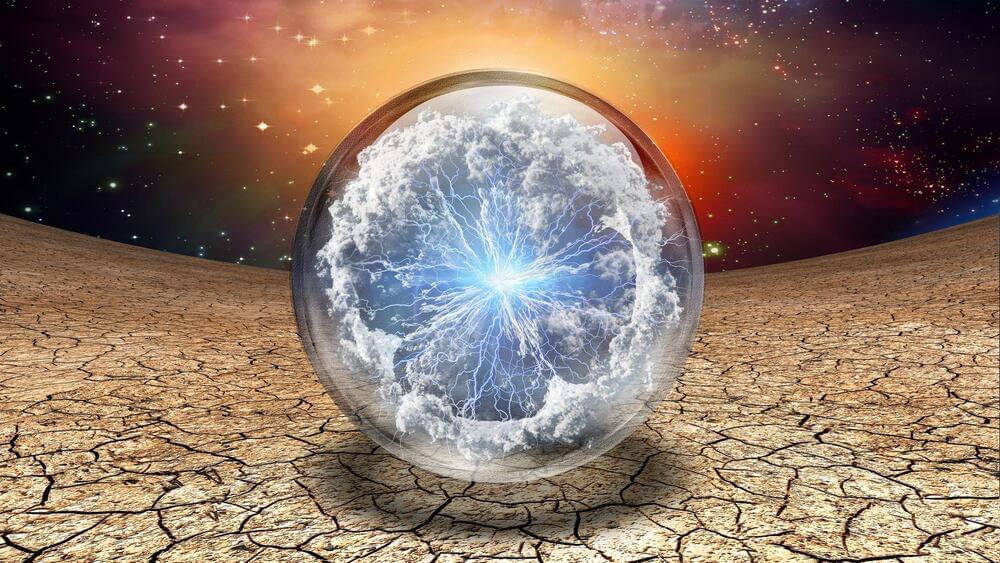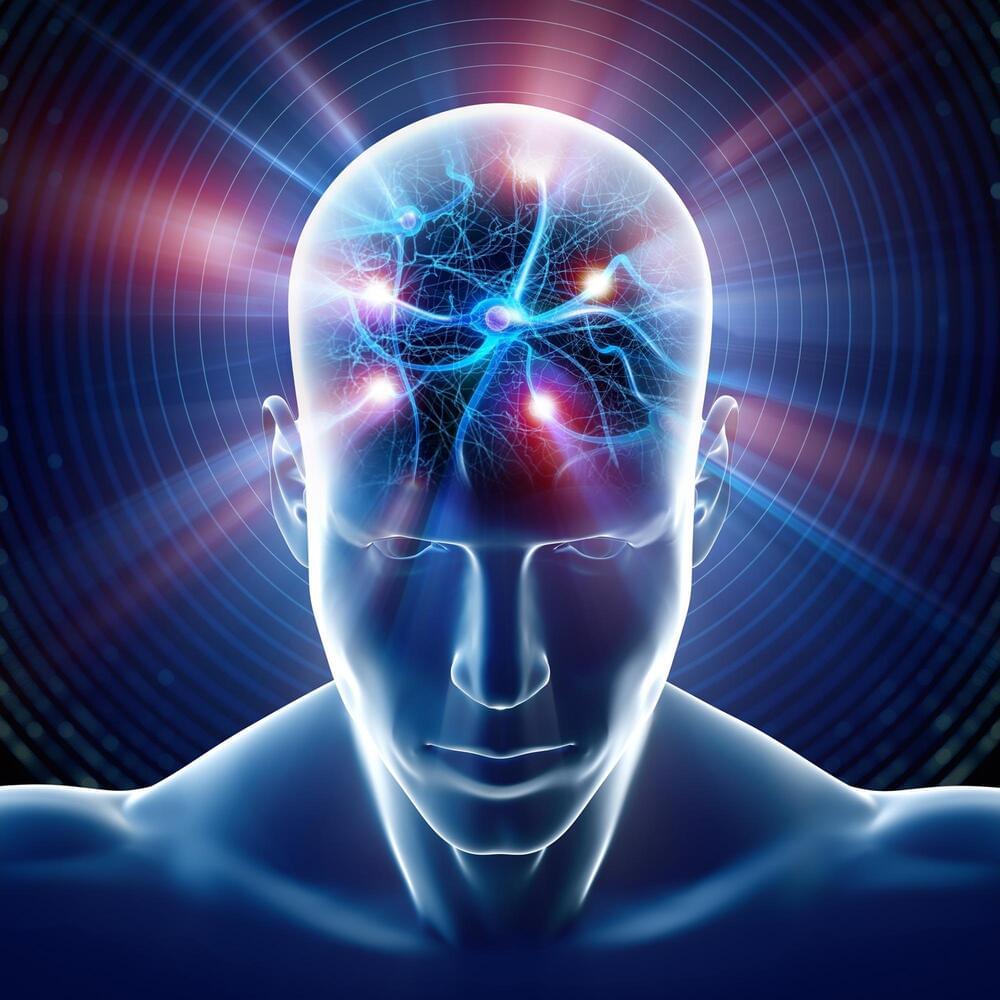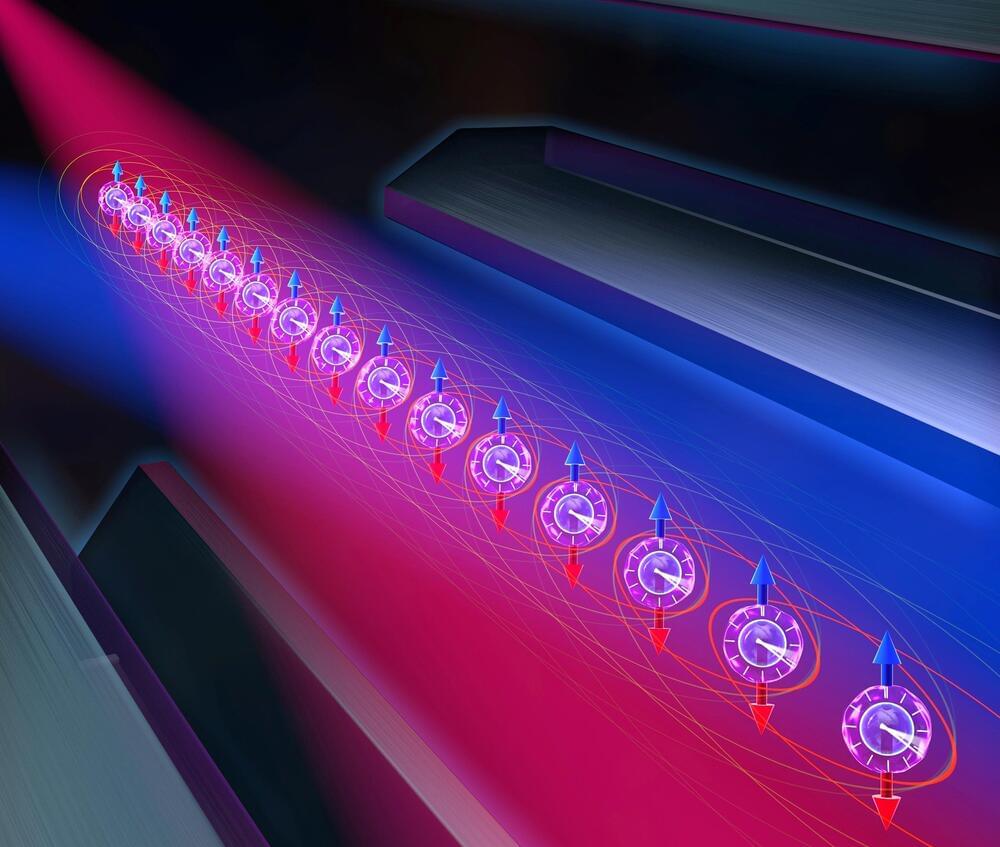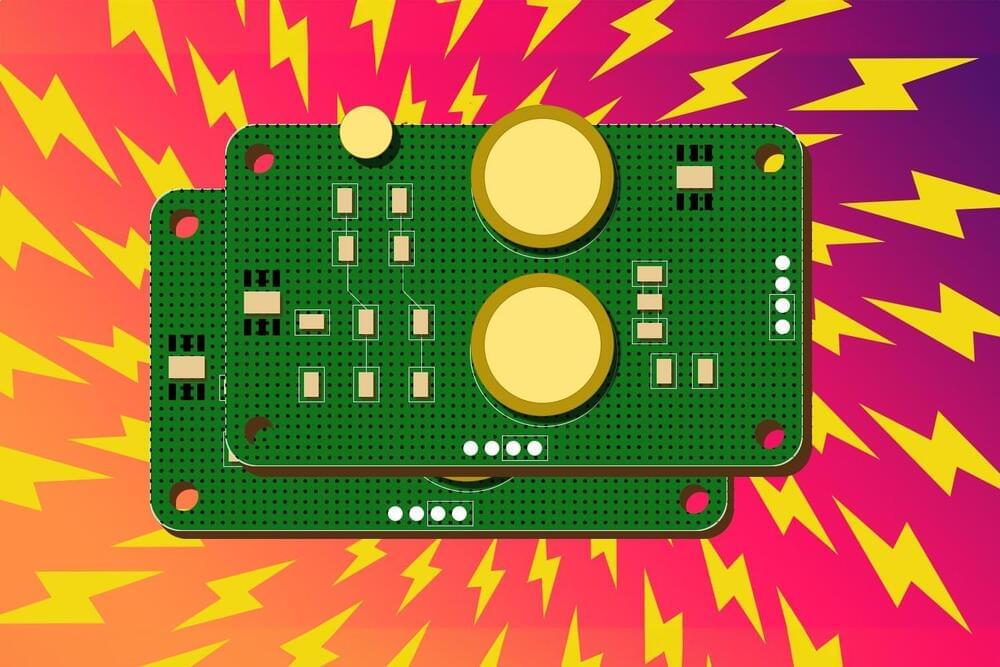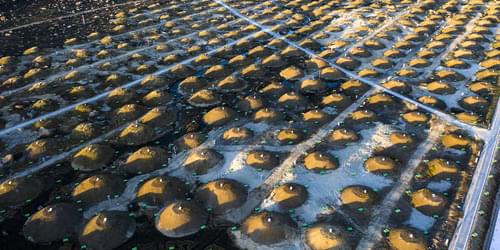A recent study reveals how hydrogen gas, often touted as the energy source of tomorrow, provided energy in the past, at the origin of life 4 billion years ago. Hydrogen gas is clean fuel. It burns with oxygen in the air to provide energy with no CO2.
Hydrogen is a key to sustainable energy for the future. Though humans are just now coming to realize the benefits of hydrogen gas (H2 in chemical shorthand), microbes have known that H2 is a good fuel for as long as there has been life on Earth. Hydrogen is ancient energy.
The very first cells on Earth lived from H2 produced in hydrothermal vents, using the reaction of H2 with CO2 to make the molecules of life. Microbes that thrive from the reaction of H2 and CO2 can live in total darkness, inhabiting spooky, primordial habitats like deep-sea hydrothermal vents or hot rock formations deep within the Earth’s crust, environments where many scientists think that life itself arose.
